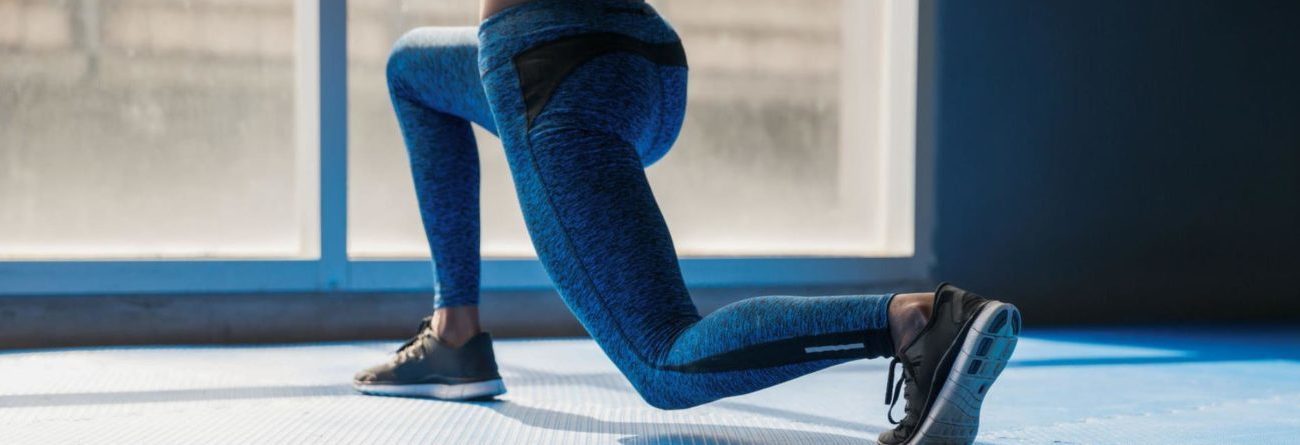
Furthermore by Equinox: The Better Way To Build Strength
This post originally appeared on our partner site, Furthermore by Equinox.
People often try to avoid a plateau by way of muscle confusion, a strategy-based on the idea that workouts lose their potency when they’re done over and over again. To combat this, they constantly switch up their routine. “Muscle confusion has been a familiar concept in bodybuilding for a long time,” says Matt Delaney, CSCS, New York City-based national manager of innovation at Equinox.
But muscles aren’t easily tripped up, says Matt Berenc, director of education for the Equinox Fitness Training Institute in Beverly Hills. While strength-focused athletes should absolutely weave different cardio and mobility work into their weekly routines, it can actually pay off to keep weight room workouts somewhat the same.
Enter the better strategy for building a stronger, more functional body: progressive overload. With this technique, you keep a more consistent routine while gradually manipulating different variables to make the workouts more difficult.
“This sets you up to avoid the plateau and build a body that can handle even more in the future,” Berenc says. To master progressive overload and build strength, follow these three steps.
Focus on your overarching goal
If you want to gain muscle, spend most of your time lifting heavy in the big three: the squat, deadlift, and press. To be more powerful, you need to find the right mix of speed and load, either with Olympic lifts or by adding explosive plyometrics to bodyweight exercises. If your goal is to build endurance, your lifting program should challenge your ability to sustain effort over time.
For more specific goals, like squatting more weight, you should spend the majority of your time practicing that move under a variety of loads. Constantly changing your workouts, in that case, can actually slow progress. “It’s like you’re always being shown a new language each time you sit down to read,” Berenc says. “You might be able to learn a word or two, but you’re not making it through the book any time soon.”
Gradually change the volume and intensity
For most goals, these are the most important (and easiest) variables to change. Make your workouts harder week over week by doing more reps or lifting more weight. Even a five percent change is enough to trigger a response, Berenc notes.
But remember that progress is rarely linear. “It’s not as simple as saying that you’ll add 10 pounds to the bar every week and keep increasing from there,” he says. Some weeks you may be able to add more weight or reps. Other weeks, your volume and intensity might stay stable because you haven’t adapted to that workload yet or because outside factors—like stress or lack of sleep—aren’t supporting your progress.
To find out if you’re ready to add more reps or weight, follow the 2x2x2 rule: “If you can do two extra reps for two sets on two different days, you can be confident in adding some weight to the bar,” he says.
Play around with other variables
If your workouts don’t feel challenging anymore, turn to other variables to make them more intense. Berenc suggests shortening rest periods, progressing your movements (like turning your Romanian deadlift into a single-leg deadlift), and switching from circuits to straight sets or vice versa.
For example, in week one, rest for 60 seconds between sets, then reduce it by five seconds every week until you’re resting for only 30 seconds. “At the end of the program, you’ll be completing the same amount of work in less time,” he says.
Accessory lifts will also help you reach your goals. If you’re trying to squat heavier, for example, do other leg moves like lunges, leg presses, single-leg deadlifts, and kettlebell deadlifts one to two times per week. First do the primary lift (which would be the squat) and then the complementary exercises. “They provide an opportunity to build strength without overdoing the movement itself,” he explains.